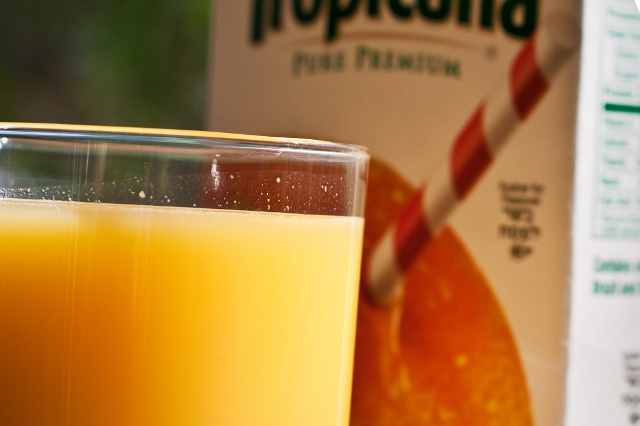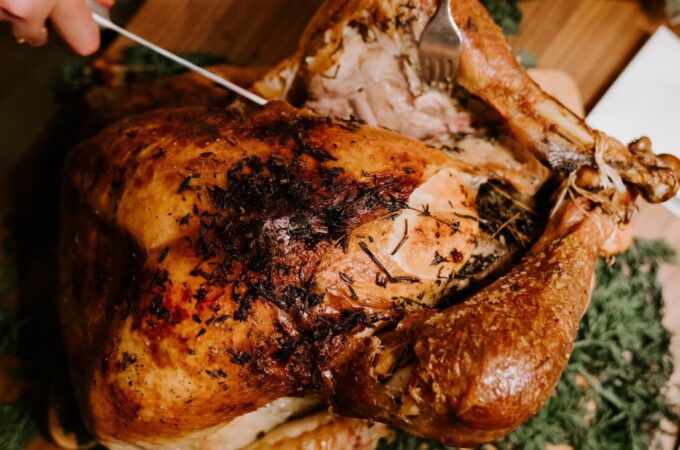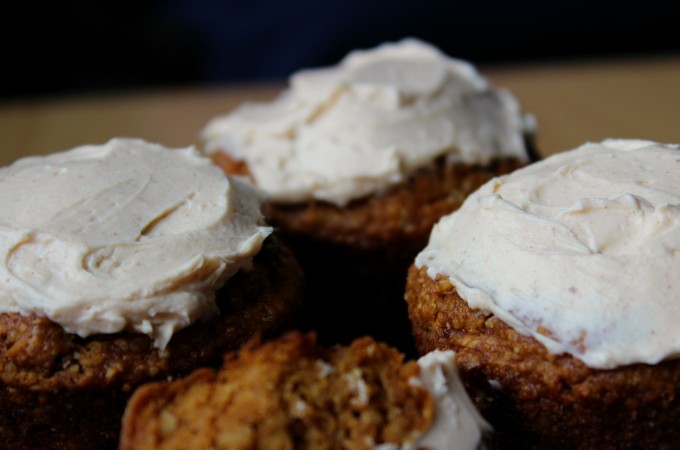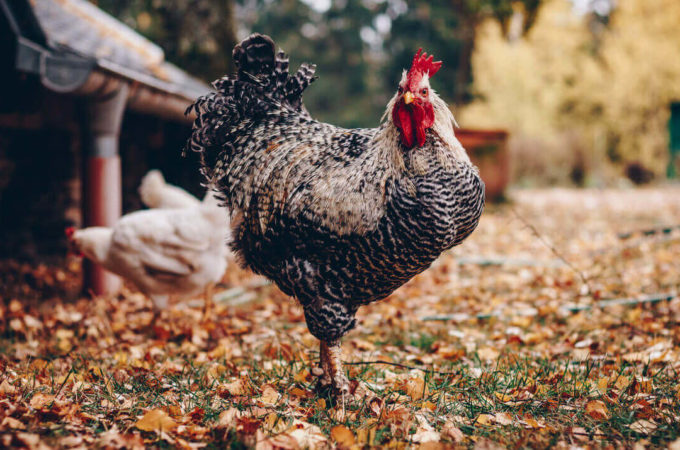
Two major studies this week found a link between the foods most Americans eat — like hamburgers, pizza, breakfast cereal, ice cream, hot dogs, doughnuts, you name it — and an increased risk of early death. The studies came out of France and Spain and were published in the British Medical Journal (The BMJ) earlier this week.
The studies defined ultra-processed foods as most convenience foods — think instant soups, most frozen meals, chips, sodas, muffins, and even sausages.
In the first study out of Spain, they followed more 20,000 people from 1989 to 2014 and checked back in with study participants every two years. Researchers kept track of how often people ate food from four primary categories (classified according to the NOVA system):
- Low to Minimally-Processed Food — think seafood, nuts, fruits, veggies, milk, eggs, meat, or plain yogurt.
- Processed Ingredients — these are food ingredients derived from the foods in Group 1, but that require pressing, refining, grinding, milling or drying to create them. Think: sugar, oils (olive, corn, sunflower), salt, butter.
- Processed Food — these are foods created when you add Group 2 foods to Group 1 foods, and are usually recognizable as modified versions of Group 1 food. Think: canned vegetables, fruit in syrup, breads, cheese, ham, or bacon.
- Ultra-Processed Food — these “are not modified foods but formulations made mostly or entirely from substances derived from foods and additives, with little if any intact Group 1 food.” They are usually processed using methods not common to a home kitchen like extrusion or molding. They may contain heavily processed ingredients like hydrolyzed proteins, protein isolates, partially-hydrogenated or hydrogenated oils, preservatives and stabilizers. They’re likely to have ingredients which have been processed with humectants or de-foaming agents or emulsifiers. They represent almost all packaged and convenience foods. Think: pizza, ice cream, hot dogs, crackers, cookies, chips, milkshakes, instant soups, sodas, and breakfast cereal.
What they found isn’t all that surprising. People who eat a high amount of ultra-processed foods (defined as more than 4 servings a day) had a higher BMI and were more likely to be overweight. Duh!
But they also found that those same people had a 62% higher risk of premature death. In fact, for every extra serving of ultra-processed food added to their daily diet, their risk of death increased by 18%! (source)
The study from France had similar findings. It followed more than 105,000 people from 2009 to 2018. At the start of the study and every 6 months afterwards, the study participants kept a strict log of what they ate for a 24 hour window of time. Researchers evaluated the logs according to the NOVA system to determine the amount of ultra-processed foods participants were eating.
For every 10% increase in the amount of ultra-processed food eaten, there was an associated 12 percent increase in incidence of cardiovascular disease, a 13 percent increase in coronary heart disease, and an 11 percent increase in strokes (source).
What both studies show is that people who eat ultra-processed foods have an increased risk of death and heart disease proportional to the amount of ultra-processed foods they eat.
In other words, the more ultra-processed food you eat, the greater your risk of death and heart disease!
Now, do these studies prove that eating highly processed food gives you heart disease and leads to premature death? No. They are both observational studies that use statistical models to attempt to interpret data in light of a thousand possible lifestyle choices that could contribute to early death, including everything from smoking to being too sedentary.
What they do show is a link — a link that is not surprising to those of us who believe our food should be sustainable, organic, local, ethically-sourced, and traditionally-prepared.

What does this mean for you?
Well, for starters, try to eat as few ultra-processed foods as possible. If this poses a challenge, I recommend starting with my Newbie Tips series. It’ll break it down into baby steps for you to master as you start trying to change your diet into something less SAD (the Standard American Diet) and more wholesome.
For more on what I mean when I talk about eating wholesome, real food that’s sustainable, organic, and local — and what exactly I mean by the word “real” — check out The Basics series.
And finally, if you want to know where to buy real food like grass-fed beef, eggs from pasture-raised hens, healthy cheeses, real milk from grass-fed cows, and the like, check out my Healthy Foods: What to Buy series.
Giving up ultra-processed food can sometimes feel like cutting off a limb. But, it’s doable if you weed out processed foods in manageable chunks. One simple place to start is by kicking your soda habit. A harder place to start, but one that’s oh-so-worth-it is to beat back your sugar cravings with this easy-to-find supplement. Or maybe you can start cooking dinner in a pressure cooker so it’s ready in half the time it would take you to eat out at a fast food place or pop a frozen pizza in the oven. However you want to start, studies have shown that it’s perhaps the single greatest thing you can do to ensure you live a longer, healthier life!
 |
















. . . sorry, I was so excited to click on my email link to get me to this page, but I clearly see that you are a “passionate advocate for REAL FOOD” . . . NOT, passionate of avoiding contributing to cruel, inhumane slaughtering & raising of poor, innocent animals . . . I will now have to unsubscribe to your site . . . honestly, I am not judging – just sharing fervent sentiments . . . God Bless You in all your Honorable endeavors . . . (btw, a great YouTube vid, “What the Health” may interest you . . . 🙂
Hi glo, I think you’ll find that I am in fact passionately against the “cruel, inhumane slaughtering and raising of innocent animals.” But I am definitely not a vegan. The two are not mutually exclusive. Please see my post Why I’m Not a Vegan for more on that. Wishing you all the best, ~Kristen